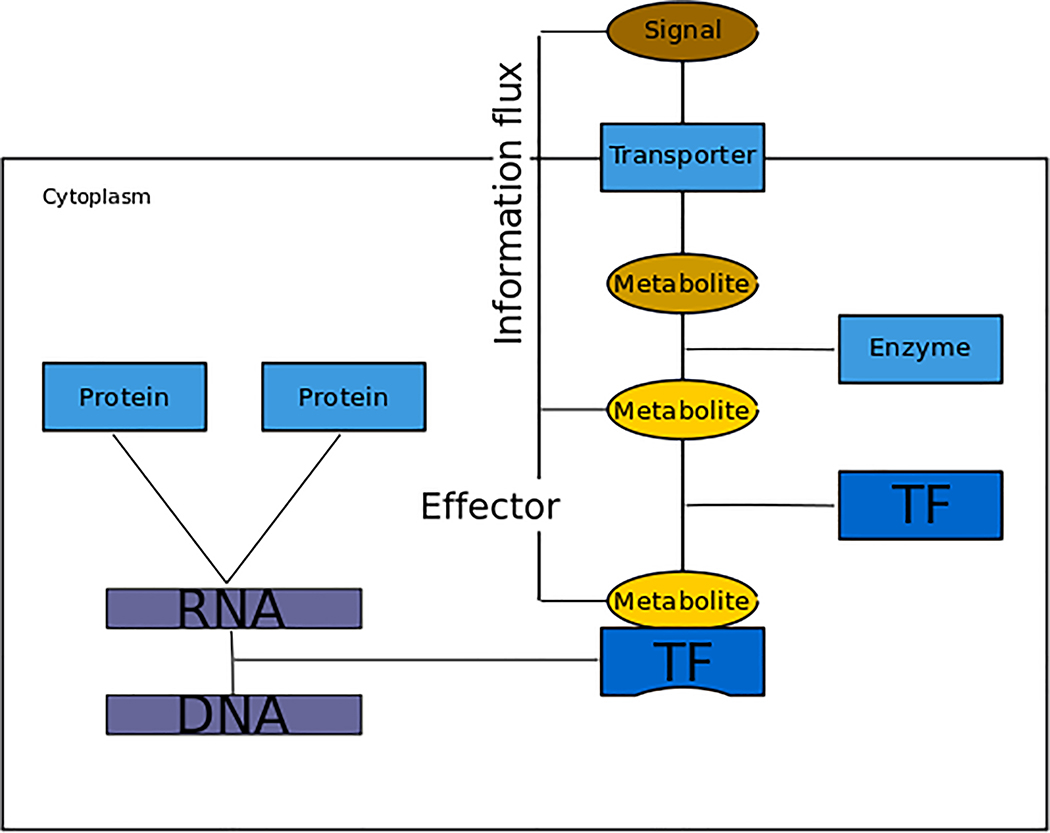Figure 6 |. Schematic of signal and effector.
A cell reacting to the environment is represented. The rectangle represents the cell membrane, separating cytoplasm and the environment. A signal is represented as an environmental molecule (brown external bubble) that elicits a cellular response. The environmental molecule is introduced to the cell (brown internal oval) through a membrane transporter (blue square) and transformed by an enzyme into another molecule (yellow oval) that plays the role of effector by binding a transcription factor (TF) and modifying its ability to recognize its DNA binding sites. The concept of genetic sensory response units (GENSOR units) captures all the elements from the signal via the effector and regulation to the final regulated gene products as the response186.

